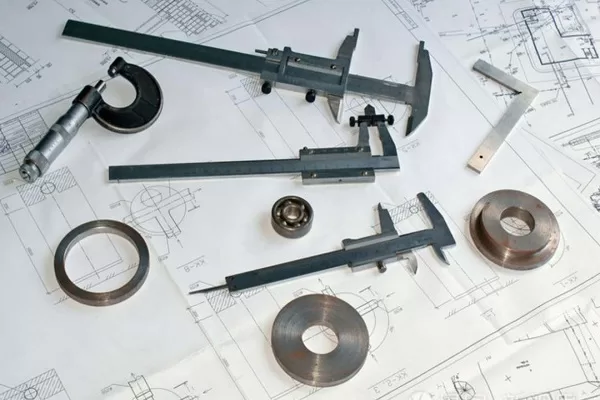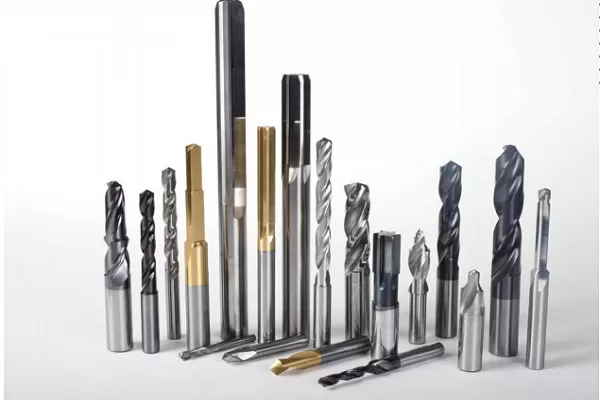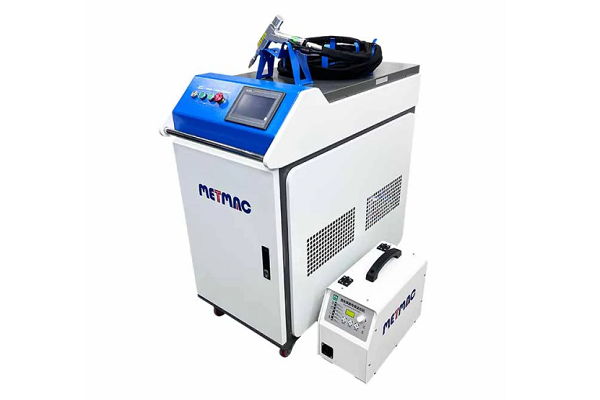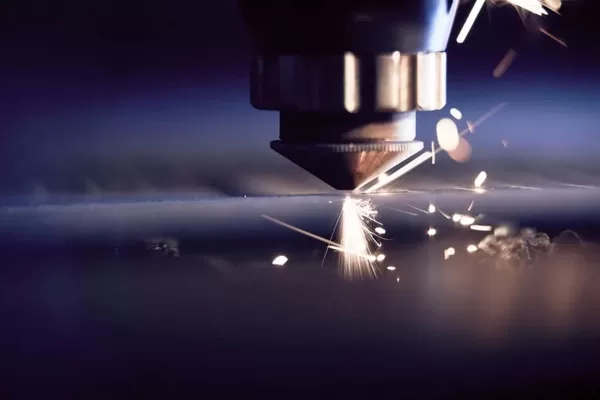
The Ultimate Guide to Sheet Metal Press Brakes
- By:Metmac
- 2024-08-12
- 97
Introduction
The Ultimate Guide to Sheet Metal Press Brakes is a comprehensive resource for anyone involved in the fabrication of sheet metal components. This guide provides a thorough examination of all aspects of sheet metal press brakes, from their basic principles of operation to their advanced features and applications. Whether you’re a seasoned professional or just getting started, this guide has something to offer.
Understanding Press Brakes
Sheet metal press brakes are machines used to bend sheet metal into various shapes. They typically consist of a frame, a punch, a die, and a hydraulic cylinder that applies force to the punch. Press brakes come in a variety of sizes and configurations, and can be used to bend a wide range of materials, including steel, aluminum, and stainless steel.
Types of Press Brakes
There are three main types of press brakes:
Mechanical press brakes: These use a flywheel and clutch to generate the force needed to bend metal.
Hydraulic press brakes: These use hydraulic cylinders to apply force to the punch.
Pneumatic press brakes: These use compressed air to apply force to the punch.
Each type of press brake has its own advantages and disadvantages. Mechanical press brakes are typically the most powerful, but they can also be the most expensive. Hydraulic press brakes are less powerful than mechanical press brakes, but they are also more precise and easier to control. Pneumatic press brakes are the least powerful, but they are also the most portable and economical.
Applications of Press Brakes
Press brakes are used in a wide variety of applications, including:
Automotive manufacturing: Press brakes are used to bend sheet metal into various components for automobiles, such as body panels, hoods, and fenders.
Appliance manufacturing: Press brakes are used to bend sheet metal into various components for appliances, such as oven doors, refrigerator panels, and dishwasher tubs.
Construction: Press brakes are used to bend sheet metal into various components for buildings, such as roofing panels, siding panels, and gutters.
Factors to Consider When Choosing a Press Brake
When choosing a press brake, there are several factors to consider, including:
The type of material you will be bending: Different materials require different types of press brakes.
The thickness of the material you will be bending: The thickness of the material will determine the capacity of the press brake you need.
The size of the bends you will need to make: The size of the bends will determine the throat depth of the press brake you need.
The speed at which you need to bend the material: The speed at which you need to bend the material will determine the cycle time of the press brake you need.
By considering these factors, you can choose the right press brake for your specific needs.
-
The Advantages of Using a Sheet Roll Forming Machine in Manufacturing
2024/09/14 -
How to Optimize Your Laser Sheet Cutting Machine for Maximum Performance
2024/09/12 -
How to Maximize Efficiency with Modern Sheet Metal Working Machines
2024/09/04 -
The Environmental Benefits of Using Duct Board Grooving Machines
2024/09/03
-
A Guide to the Latest Innovations in Sheet Metal Folding Machines
2024/11/29 -
Key Features to Consider When Investing in a Sheet Metal Folding Machine
2024/11/28 -
Enhancing Precision with Advanced Sheet Metal Folding Machines
2024/11/27 -
How to Choose the Right Sheet Metal Folding Machine for Your Workshop
2024/11/26



